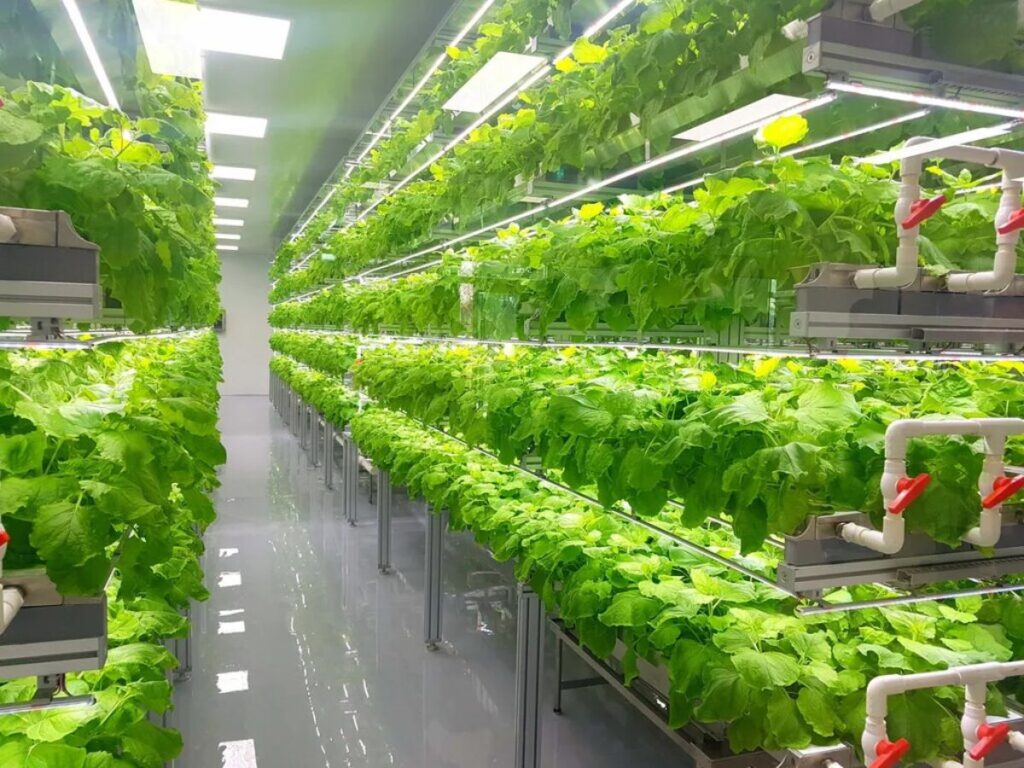Vertical farming is one of the better ways of embracing farming especially in the aspect of food production and food safety. Vertical farming, just as it sounds; is an innovative form of farming that involves planting on vertical surfaces which may be stacked in towers depending on the available space or land. Though reported to be expensive due to its high dependence on light-emitting diode (LED) energy; this innovation has brought about a solution to seeking thousand hectares of land for farming.
According to research, vertical farming, as a practice, can use soil, hydroponic or aeroponic growing methods. Vertical farms, now seen as the future of agriculture, attempts to produce food in challenging environments, like where arable land is rare or unavailable. It also allows for growing food near consumers thus reducing transportation costs on the production of food. In 2022, Dubai was in the news for opening the largest vertical farms that could produce 900 tonnes of leafy greens annually, using less water than crops grown in fields.
One way to ensure that the ground and its resources are available for future generations is through vertical farming, as it harnesses the power of technology to grow crops. Instead of growing produce on large fields and then flying or driving it long distances, vertical farming can supply local produce from nearby buildings to neighbourhood. Again, with vertical farming it is now possible to produce large and consistent quantities and quality of food even within buildings and even in homes. One beautiful thing about vertical farming is that it is a reliable means of food production whether there is rain or not because it is not necessarily dependent on the weather.
With vertical farming, higher productivity is achievable on a small land area all year round, meaning that more land would then be available for other things for the good of humanity. This is because vertical farming allows for monitoring and close management which gives growers some level of peace and assurance over production. Vertical farming particularly respects the ecosystem and emphasises sustainable practices that reduces food waste, which is typical of long-haul transportation, by growing crops near to cities. As a result of its controlled indoor farming method, vertical farming, notably improves biodiversity because it does not cause land surface disturbance, which helps the natural animal population living in and around farms, to thrive.
This also means that there will not be application of harmful chemicals, pesticides and other disease control on land. Finally, vertical farming also helps to save water, which is a critical part of land. For instance, researchers have estimated that vertical farms can use up to 99 percent less water than traditional farms depending on what system they use. Its ‘soiless’ means of planting reduces its water usage and ensures that water is available for other human use. In summary, it can be said that vertical farming is environmentally-friendly and efficient for food production as well as ensuring a healthy environment for all.

